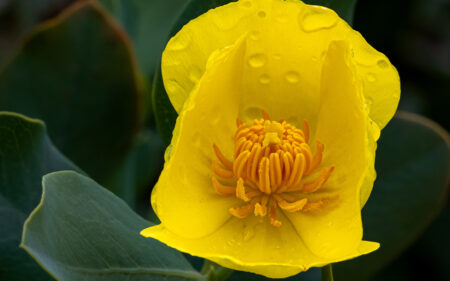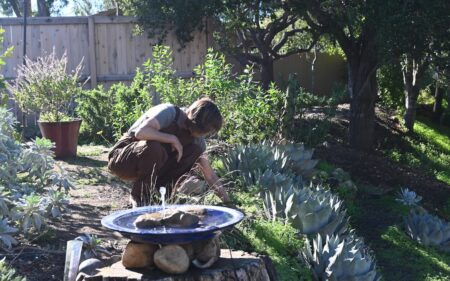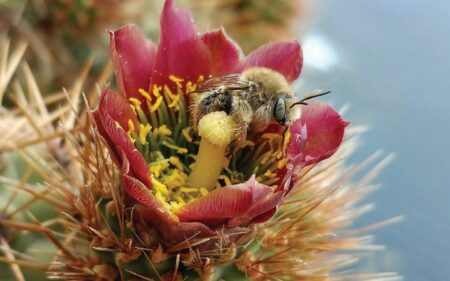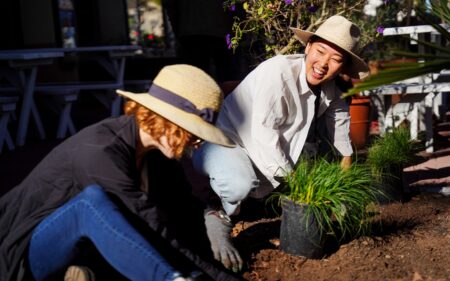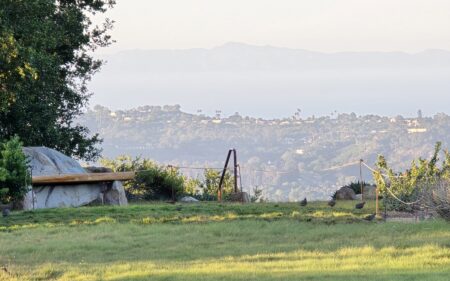Teacher Resources & Curriculum
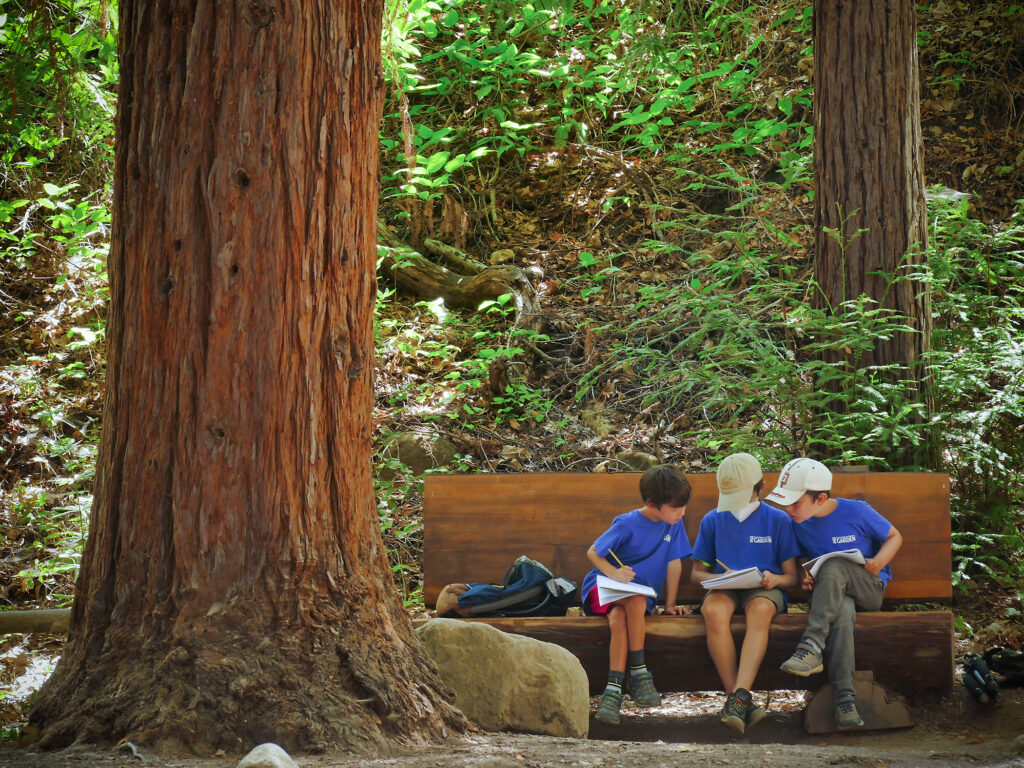
Garden Activities for your Classroom
We are collecting information to see which resources are most valuable for educators!
We’ve created units and activities to support teacher’s science and environmental curriculum both in the classroom, at the Garden, and virtually. If you are interested in getting access to any of the educator resources listed below, please fill out the following form. Once submitted, you’ll receive a link with access to the curriculum within two business days.
Lessons and Units
We’re partnering with local teachers to develop lessons and unit materials that can be done both synchronously and asynchronously. Please click on the accordion item below for a full list of our collaborative content.
Interactive NGSS Phenomena Resource
Our Interactive NGSS Phenomena Resource is a collection of media taken from around the Garden that can be utilized to enhance your lessons. Whether you are looking for up close footage of pollinators using our native plants or seeing before and after photos of fire recovery, this virtual resource has several local phenomena resources that can help build your student’s understanding of the natural world.
Phenomena List:
Pollinators & Flowers: Explore flowers from our Pollinator Garden to observe ways insects interact with our native plants
Responses to Sunlight: Examine time-lapse and video footage to see how sunlight ‘moves’ plant
Rain Events: Analyze footage and weather data of past winter storms to better understand the power of rain
Fire Recovery: Compare photos of areas taken directly after the Jesusita fire with ones captured 10 years later to see how native plants recover from fire
Riparian Zones: Observe footage of Mission Creek and its plants to build understanding of Riparian Zones and adaptations
Waterways: View Mission Creek from above to explore the relationship between streams and plants
Watch the video below for a brief overview of how to use this resource:
Hummingbirds and Native Plants Unit
Students will learn about the structures that hummingbirds and plants have that function to support behavior, survival, growth and reproduction. Students will wrap up the unit by designing a hummingbird garden proposal based on their findings.
This unit was developed in partnership with teachers from Oxnard School District.
Unit objectives:
- Module 1 – Survival of the Hummingbird: Students will learn about hummingbird internal and external structures and functions through readings, videos, and images. Students will create a model of a hummingbird.
- Module 2 – A Closer Look at Hummingbirds in Our Backyard: Students will begin their Claim-Evidence-Reasoning (CER) about what hummingbirds need to survive in their habitat and will revise their hummingbird models. Students will learn about hummingbird behavior through readings and ethograms, where they collect data about hummingbird behavior.
- Module 3 – How do you build a habitat for hummingbird survival?: Students will learn about the importance of native plants for hummingbirds and other native animals through readings, videos and California native plant cards. Students will begin to develop their hummingbird garden proposal and will create a design of a hummingbird garden on base map template.
- Module 4 – Hummingbird Habitat Proposal: Students will develop a budget for their hummingbird garden. Students will create an illustration of their garden. Students will create a final hummingbird garden proposal based on their CER, base map garden design, budget, and activities throughout the unit.
 Donate
Donate
